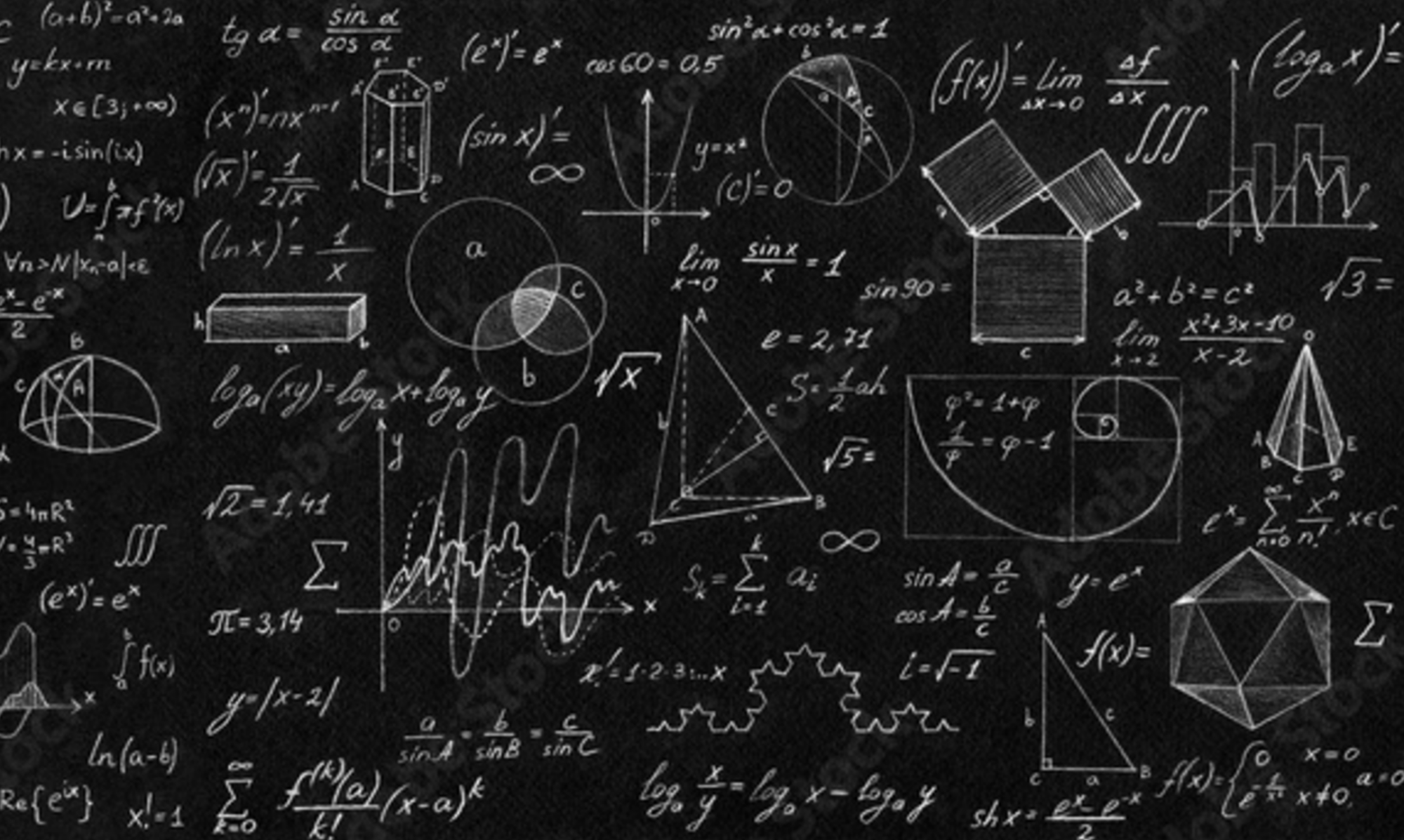Abstract
Learners’ mathematical identity has been recognized as a dominant and determining factor in learning school mathematics (e.g., Sfard & Prusak, 2005). Although substantial research has established a strong association between identity and school mathematics, mostly within the sociocultural framework (e.g., Vygotsky, 1978), there is a paucity of relevant research that focuses on teenage newcomers as they integrate into a new educational system thus creating a lacuna in our understanding of newcomers’ developing identities as learners of mathematics. This research aims to investigate learners’ mathematical identity among teenage newcomers from Israel. The research design in the current research comprises of three interview contexts: a family interview with at least one dyad of a parent and a teenager per family, an individual interview with the teenager and the parent, and an all-parent and an all-teenager focus groups. This research design allows participants to respond to and further develop emergent issues that relate to their experience of mathematics. Following a dissemination of A Call for Participants, seven newcomer families contacted the researcher. To date, seven family interviews and 16 individual interviews were conducted. Ivanič’s four-part analytical model from the field of academic writing was adopted to analyse the data. This analytical model offers four constitutive referents for the investigation of identity that include: an autobiographical self, a discoursive self, an authorial self, and socioculturally available selves. Each of these different aspects of identity expression will be discussed and supported by examples from the data.
Preliminary findings show how identity work in the context of school mathematics among teenage newcomers changes the past and is directed by it. Specifically, how teenage newcomers produce portrayals of themselves as learners of mathematics and what sense they attribute to these portrayals will be highlighted.
Fellus, O. (2014). Exploring learners’ mathematical identity among newcomers using a four-part analytical model. In S. Oesterle, C. Nicol, P. Liljedahl, & D. Allan (Eds.), Proceedings of the Joint Meeting of the 38th International Group of the Psychology of Mathematics Education and the 36th North American Chapter of the International Group of the Psychology of Mathematics Education, (Vol. 6, p. 307). Vancouver, Canada: PME

